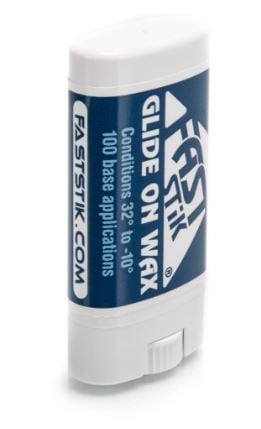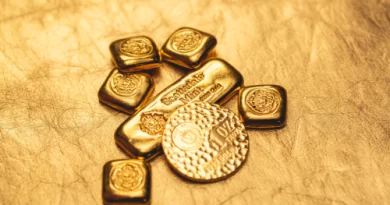The Importance of Proper Ski Waxing Techniques: Avoiding Common Mistakes for Optimal Performance
Skiing is a thrilling and enjoyable activity that offers a unique combination of speed, balance, and control. However, to fully appreciate the sport, you need to have the right gear and equipment, and one of the most critical components is ski wax. Proper ski waxing techniques are essential for optimal performance on the slopes, but unfortunately, many skiers often overlook this crucial aspect.
The truth is ski waxing goes beyond just applying wax to your skis. It requires a systematic approach that considers several factors, including the type of snow, temperature, and humidity. In this blog post, we will provide expert advice on how to overcome these challenges to achieve optimal performance and enjoy a more thrilling skiing experience.
Contents
1. Precise Application for Maximum Efficiency
It is crucial to apply the wax evenly and thinly across the ski base to achieve maximum efficiency during skiing. A thick wax layer can slow down the skis, and an unevenly applied wax layer can cause unwanted friction and drag. Precise wax application is necessary to ensure that the skis glide smoothly and efficiently over the snow, minimizing resistance and maximizing speed.
In addition, using the right tools and techniques can help achieve the desired wax application, reducing the risk of common mistakes that can affect the overall performance of the skis. Thus, mastering the art of precise wax application is critical for skiers to optimize their performance on the slopes.
2. Proper Temperature Control Is Crucial
Proper temperature control can make or break your skiing experience. When waxing your skis, it is critical to ensure that the temperature of your waxing iron is set at the correct temperature range. The ideal temperature range for ski waxing is between 120°C and 150°C.
If the iron is too hot, it can damage the base of your skis, while if it is too cold, the wax will not melt properly and adhere to the base. It is also essential to monitor the temperature of your ski base during the waxing process. A temperature gun can be used to measure the temperature of your ski base.
The ideal temperature range for the ski base is between 110°C and 140°C. Failure to maintain proper temperature control during the waxing process can lead to poor performance and an increased risk of injury while skiing. Proper temperature control is crucial for optimal performance on the slopes.
3. Choosing the Right Ski Wax Type For Your Needs
The right type of wax can make a significant difference in how your skis glide and perform on the snow. Choosing the correct ski wax type depends on a few different factors, including the temperature and snow conditions. There are different types of ski wax available, including hydrocarbon, fluorocarbon, and natural waxes.
- Hydrocarbon waxes are the most basic and affordable option and are suitable for recreational skiers.
- Fluorocarbon waxes are more expensive but offer better performance in colder temperatures and longer-lasting glides.
- Natural waxes, such as beeswax, are eco-friendly options that can provide good glide in certain snow conditions.
It’s important to consider your skiing level and the snow conditions when selecting the right ski wax type for your needs. Consulting with a professional ski technician can also be helpful in ensuring you have the best wax for your specific situation.
4. Consistency Is Key to Results
This principle applies not only to your skiing technique but also to your ski waxing techniques. Consistently applying the correct wax for snow conditions and properly maintaining your ski bases can make a significant difference in your overall performance. Without consistency, your skis may not glide smoothly, which can lead to inefficient skiing and increased fatigue.
Proper Ski Waxing for Optimal Performance
Avoiding common mistakes such as using the wrong wax, not cleaning the base properly, or not allowing the wax to cool properly can lead to decreased performance and even damage to your equipment. By following the proper techniques and taking the time to wax your skis correctly, you can ensure that you get the most out of your skiing experience.
Remember, it’s not just about going fast but also about enjoying the ride and staying safe. As a professional skier, taking the time to master ski waxing techniques is well worth the effort.




